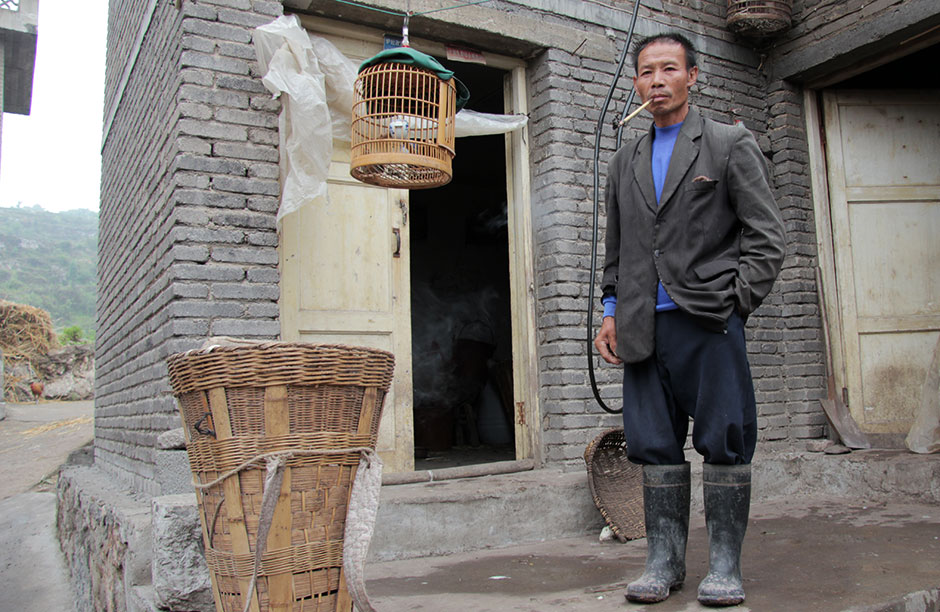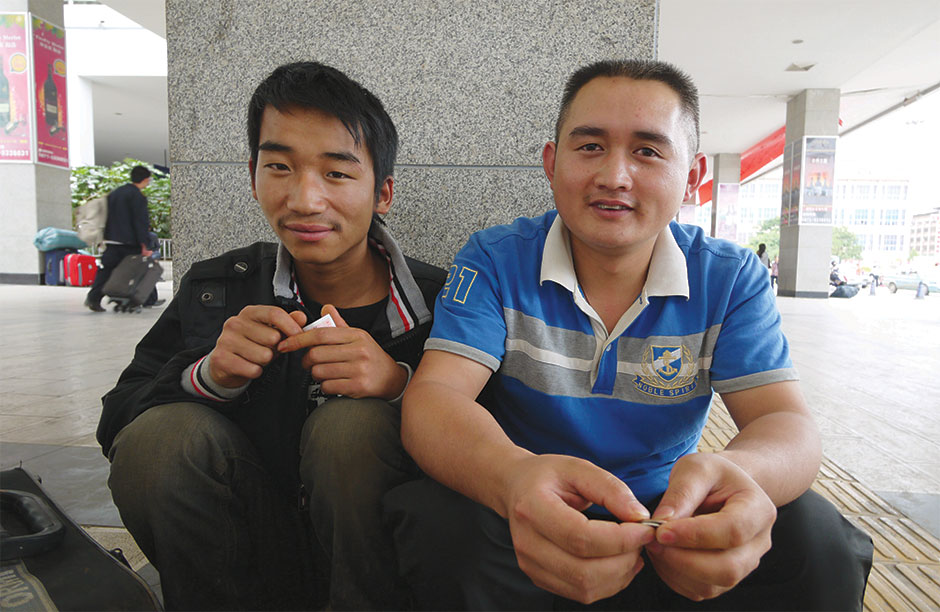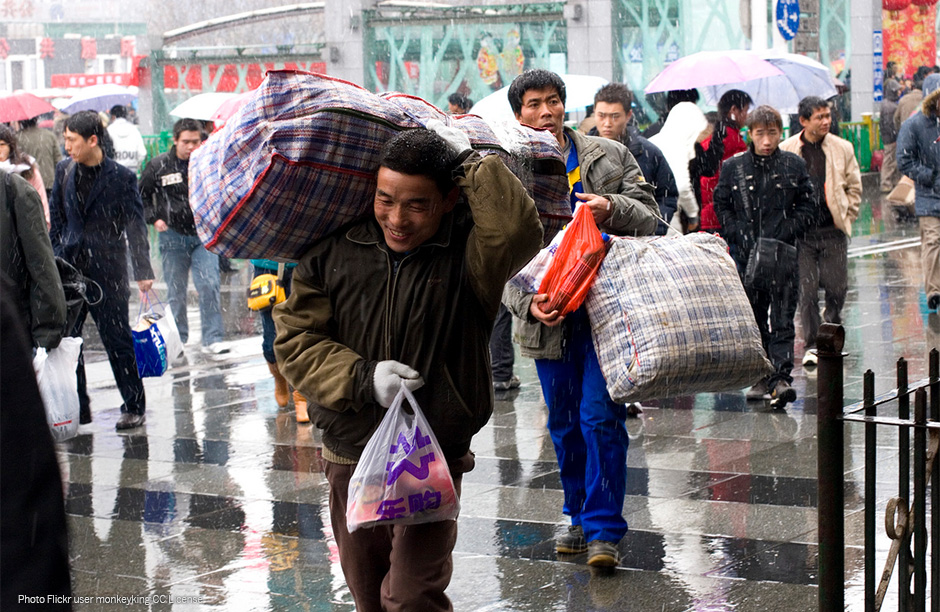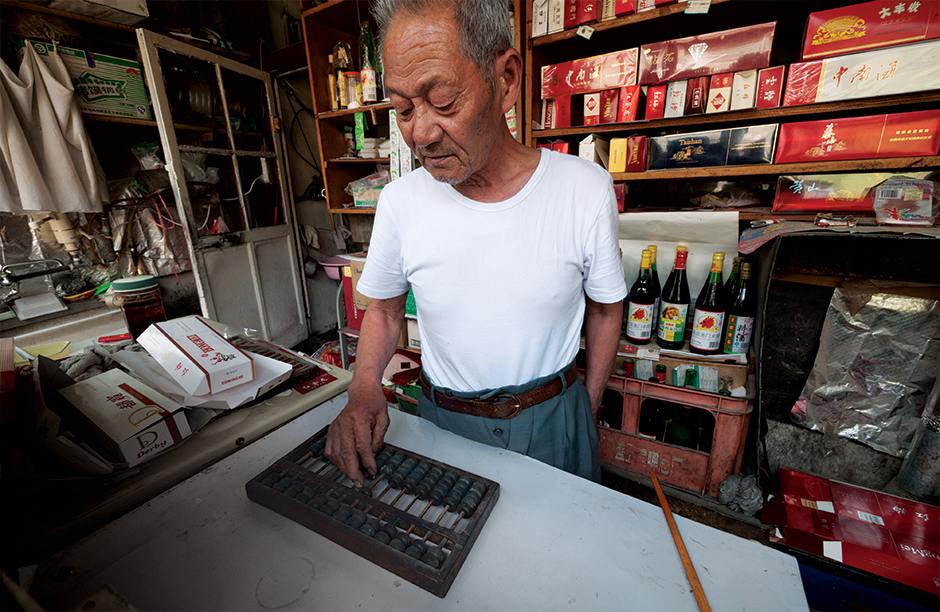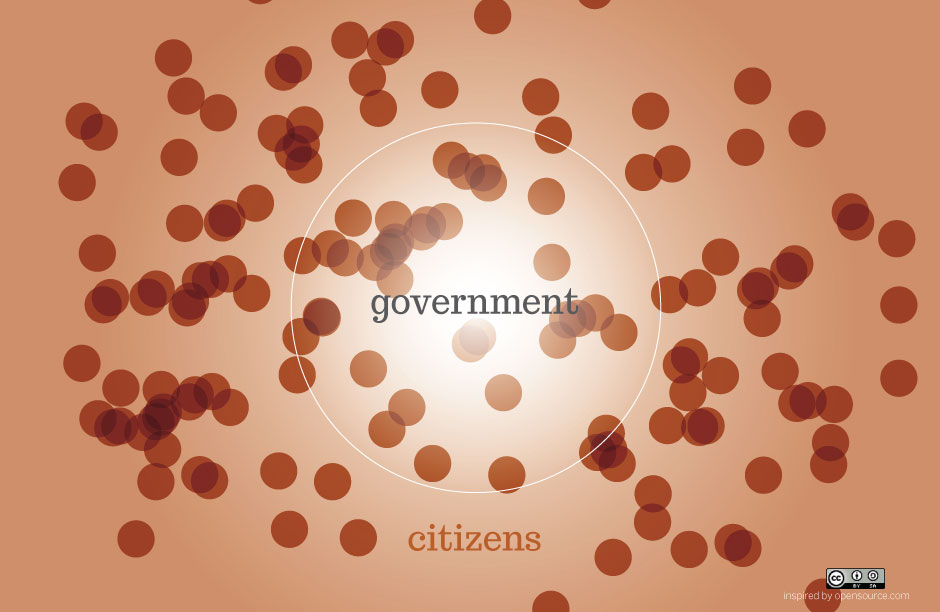China
Gao Li Dai: An Economy of Last Resort
Hu Gaoyan, a farmer in Anshun village in Guangxi province, is thrilled that his daughter has found a husband. But he is also anxious about her wedding expenses. With limited savings and no access to bank credit, Hu turned to the only lender he knows: Shen Xiaoyang, the village veterinarian.
In Anshun, the vet makes a natural choice for those seeking a gao li dai, or high interest loan. Shen offers access; earning more money than many of his neighbors, who are predominantly farmers and small shop owners, he can afford to make loans. He also offers convenience; in this corner of Guangxi, the community is dispersed across mountainous terrain. Shen makes house calls, traveling by motorbike to care for villagers’ livestock—and, if needed, bringing money to loan.
Most importantly, Shen offers trust. Like most residents in Anshun, his family has been in the … Read More »
Looking for Laoban: How China’s Migrant Workers Are Tied to their Managers
Two years ago, Xu Hanping and Gao Jianjun arrived in Shijiazhuang with the clothes on their back and a mission: find a laoban.
They had heard from a friend that a laoban from their same small village in Sichuan Province was working there. They needed to find him. For migrant workers like Xu Hanping and Gao Jianjun a laoban meant a connection to coveted construction jobs, and their only sure shot out of a livelihood of subsistence farming.
Laobans are managers and middlemen. They arrange contracts with employers and then take responsibility for recruiting and overseeing hundreds of temporary workers. Laobans are often connected to their workers by only a few degrees of separation, even hailing from the same village, as in the case of the laoban Xu Hanping and Gao Jianjun were seeking.
The foundation of most migrant workers’ sustenance is their … Read More »
China’s $132 Billion Missed Opportunity
In the jostle for tickets at the Beijing Railway Station, Zhang Qi never felt the knife that slit his jacket open. In a flash, a thick wad of cash had been lifted from his pocket. It was more than RMB 5,000 ($800)—his entire years’ savings.
Zhang Qi is a migrant worker. He is among a floating population of 250 million strong with no legal status that has been the backbone of China’s incredible growth story. Migrants like him have flooded booming Chinese metropolises in a search of economic opportunity, transforming a country of isolated cities into one of tethered, transient networks.
But access to financial services has not kept pace with this increasingly transient population. Many migrant workers lack even the most basic means to save for their children’s education, make purchases on credit, protect their homes through insurance, and send and … Read More »
Reaching the Bottom Billion
On January 18, for the first time in over a decade, China released official figures on economic inequality.
The verdict?
Even the government is calling the wealth gap “relatively large.” Part of the problem is that China’s incredible growth story is overwhelmingly urban. City residents currently earn on average three times as much as their rural compatriots.
But an important corollary is that financial access has not kept pace with an increasingly transient population. As hundreds of millions of migrant workers flood Chinese cities in search of opportunity, they lack even the most basic means to save for their children’s education, make purchases on credit, protect their homes through insurance, and send and receive money. Financial exclusion prevents many of them from realizing their potential and improving their livelihoods
With the support of the Institute of Money, Technology, and Financial Inclusion, Reboot undertook a … Read More »

